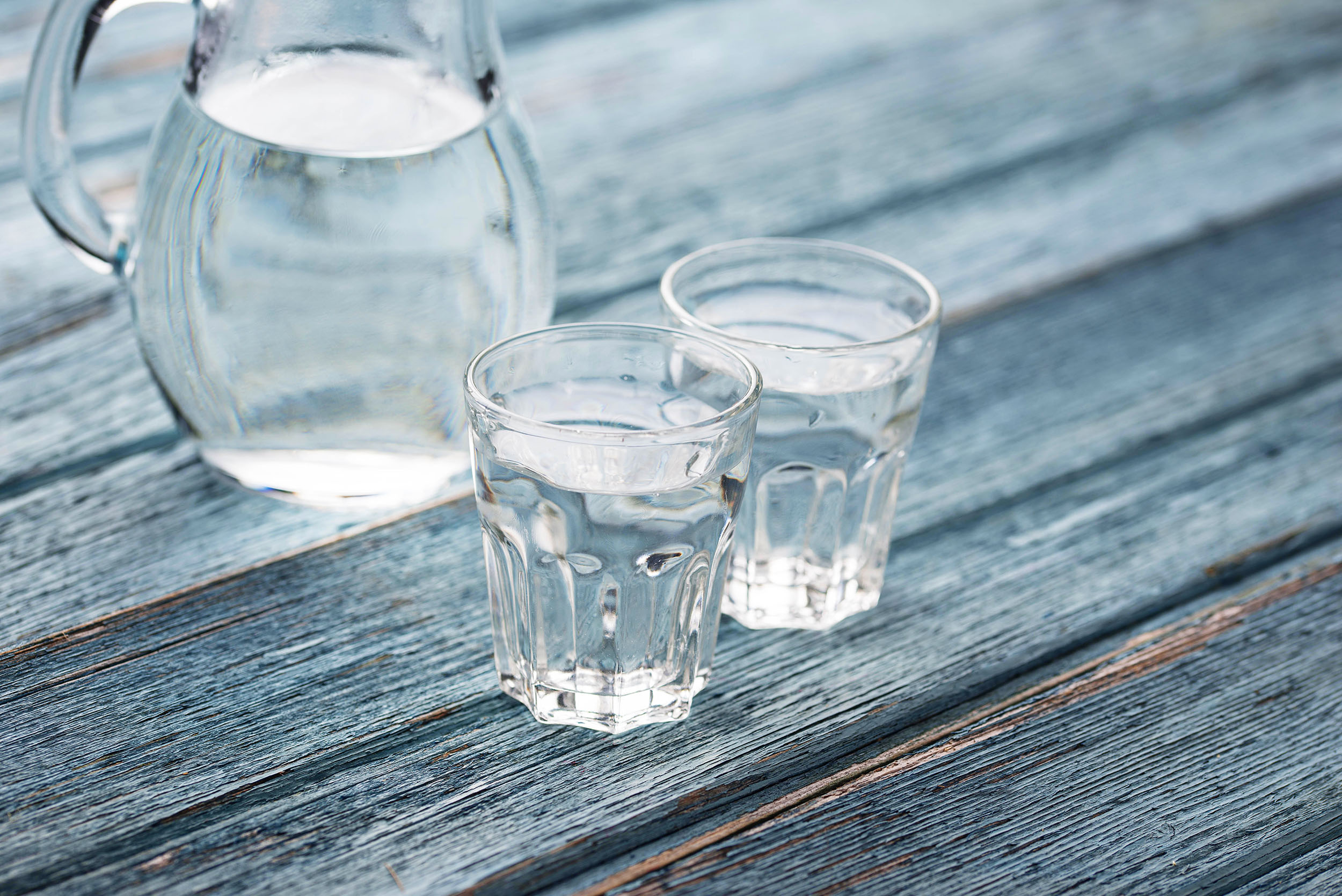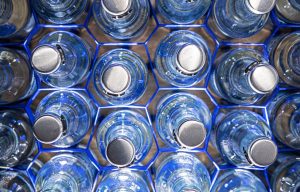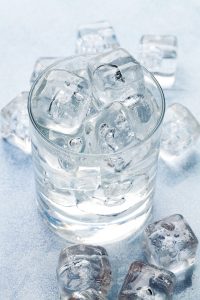Climatic changes, hurricanes, and other natural disasters can leave people without running water, or with running water that is unhealthy to drink or use. Supply lines are disrupted in certain situations, which makes it impossible for people to get clean water and losing access to our everyday water supply. Therefore, making yourself ready for emergency purposes, and storing clean water should always be your priority since water is crucial for surviving – wheater humans, animals, or plants.
This article mainly focuses on the purpose of having our own safe drinking water supply and how to store water for an emergency.
How much water should be stored?
The general rule for storing water is one gallon per person. Experts have contrasting views on the amount of water recommended to store for emergencies. However, for an active, healthy person, one gallon is enough. But other factors must also be considered, such as if you live in a hot climate, or have a pregnant or nursing woman, sick people, more physical activities at your home; you’ll surely want to store more water. It is typically assumed that a person uses half-gallon for drinking purposes and the other half for hygiene.
Whereas, we recommend you to store two gallons per person per day. Surviving with one gallon a day is only possible when you use canned foods that don’t require additional water, live a sedentary life, or you’re sure you won’t get sick or injured. Remember that good hydration is important for healthy living. ‘
Storing two gallons of water per person per day is a realistic goal. One gallon for drinking and the other for cooking and washing is a safer estimate since disasters make situations that require heavy physical labor or exposure to things. When you’re in need, you come across that you can live with minimum water, then you can use your stored water for a little longer.
If you have pets, count them too in your water storage requirements. Make sure you store enough amount of water to take care of them.
Let’s now focus on how long do you want your water to last. You may want it for two weeks to survive the hurricane or earthquake, or you might want to store it for several months when preparing for an extended grid-down event.
Calculate the longest period you would be living without safe and clean water and the amount of water you’ll require. Multiply the number of days with 2, and you’ll get an exact amount of gallons to survive an upcoming situation. For example:
- 5 people x 2 gallons x 10 days = 100 gallons
Most suitable water storage containers
No matter what material you’re using for storing water, you must use the water every 6 months. Indeed, water remains drinkable for a long time, but it must not be left stagnant for years, especially the containers you fill. Commercially filled containers, however, have a long shelf life, still, check their expiration date before use.
1. Plastic containers
Plastic has numerous advantages. It’s cheap, durable, easy to handle, lightweight, and replaceable. On the other hand, it can also harm our health as it leaches chemicals into water when stored for a longer period. Especially when introduced to direct sunlight or heat. They can be used safely by keeping them in a cool, dry place.
2. Glass containers
You can easily trust glass containers as they don’t leach any chemical into the water. All you need is to sanitize the container before use. If you’re thinking of using the container that once contained anything else, it’s recommended to use a different container. Glasses, however, are heavy and easy to break. You can save the container by wrapping it with a newspaper and cardboard.
3. Stainless Steel Container
Such containers are the safest to use if you take some precautionary measures. They keep the stored water safe even if the kept for a longer period. Moreover, it’s durable and saves things from sunlight. However, stainless steel containers are expensive and heavy. Additionally, be careful about what you’re putting inside. Storing tap water disinfected with chlorine will result in an explosion making your water poisoned. Your container must be food-grade or food-safe.
4. 55 Gallon Plastic Water Barrels
These water barrels consume more space as compared to others. They become heavy when full, but are the most reliable material to store your water safely and easily.
5. Large Containers
These large containers are extremely big, expensive, and hard to move. But if your water tank is hooked up, it becomes easy to use water for a long time. These tanks can store tens of thousands of gallons.
6. Plastic Water Bottle Cases
If you’re looking to purchase commercially filled water bottles for long term purpose, then think again. Since water has no expiration date, but these cheap plastic bottles leach BPA and other chemicals into the water even if kept in a cool, dry place. They are only suitable for short-term water storage only.
How to Disinfect Water?
If there is any possible source that has contaminated your water or your water looks cloudy, don’t use it for drinking, cooking, or brushing teeth. Use the following methods for disinfecting your water:
- Boiling water: Boiling water is the easiest and the most effective way of disinfecting water. You can add a pinch of salt in the boiled water to improve its taste.
- Chemical Treatment: Using chlorine or iodine tablets for purifying is the widely used method.
Use basic household bleach (5-6% sodium hypochlorite) to chlorinate the water. It must be unscented and doesn’t contain other cleaners or color-safe products. Leave the water for 30 minutes after mixing the bleach.
Iodine tablets help to eradicate heat-resistant pathogens. It is faster and convenient as compared to the chlorination process.
- Distillation and Filtration: Purifying water through distillation and filtration is a new process – alternative to disinfecting through boiling. The process of distillation involves collecting vapor from boiling water and then condensing it back to a liquid. Whereas, in the process of filtration, water is passed through a filter to clean impurities.
Water is essential and crucial for healthy living. Unexpected events can occur at any time, and the best solution for them is to be prepared beforehand. In the case of natural disasters, electricity and water are the first things to be shut down. We can survive without electricity, but it’s impossible to live without water. Therefore, it’s better to be prepared and store water for at least 2 weeks. Just water is not enough; it must be clean and safe to drink. Therefore, the above-mentioned ways will help you store water for longer periods.
Share this:
- Click to share on Facebook (Opens in new window)
- Click to share on Twitter (Opens in new window)
- Click to share on LinkedIn (Opens in new window)
- Click to share on Reddit (Opens in new window)
- Click to share on Tumblr (Opens in new window)
- Click to share on Pinterest (Opens in new window)
- Click to share on Pocket (Opens in new window)
- Click to share on Telegram (Opens in new window)
- Click to share on WhatsApp (Opens in new window)
- Click to print (Opens in new window)



